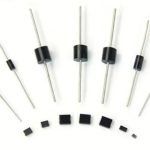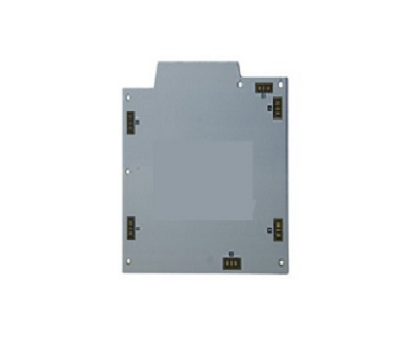Printed Circuit Boards are grouted with a grouting machine, mainly used for waterproof, dustproof and anti-corrosion. With more and more enterprises on the reliability of electronic products to improve the requirements, circuit board filling has become an essential process. PCB circuit boards commonly used potting adhesive has three kinds, polyurethane potting adhesive, silicone potting adhesive and epoxy resin potting adhesive.
(1) polyurethane potting compound: the temperature requirements can not exceed 100 ℃, need to be carried out under vacuum conditions, easy to have bubbles after potting. Bonding strength between epoxy potting compound and silicone potting compound. Low temperature is excellent, shockproof performance is the best among the three. But not high temperature resistance, poor toughness, cured surface is not smooth enough, general chemical resistance. Low temperature is excellent, anti-vibration performance is the best among the three. But not high temperature resistance, poor toughness, cured surface is not smooth enough, general chemical resistance.
(2) silicone potting compound: impact resistance, aging resistance, good physical properties. In hot and cold environments can maintain its performance. Good electrical properties and insulation properties, easy to repair. Silicone potting compound has low viscosity, good fluidity, easy to pot. And it can effectively improve the safety factor and heat dissipation of components. But the adhesion is relatively poor, the confidentiality is not good enough, and the price is high, suitable for long-term work in harsh environments of electronic components.
(3) Epoxy resin potting compound: high temperature resistance, excellent electrical insulation ability, stable before and after curing, excellent adhesion to a variety of metals and porous substrates, and simple operation. Not enough cold resistance, not for low-temperature environments, hot and cold shock is prone to cracks and thus lead to device damage. Cured epoxy resin potting adhesive toughness is not enough, high hardness and brittle, suitable for room temperature environment of electronic components, and the environment does not require too much mechanical properties.
PCB potting on sensitive circuits and electronic components for long-term effective protection is undoubtedly today’s sophisticated and demanding electronic applications play an increasingly important role, circuit board potting compound has a stable dielectric insulation, is an effective safeguard against environmental contamination, at the same time, in a wide range of temperatures and humidity can be eliminated by the impact and vibration of the stress generated. Circuit board potting adhesive based on condensation system and addition curing system, without the need for secondary curing, can meet the adhesive, thermal conductivity, flame retardant, high transparency and other special requirements, after curing to become the formation of flexible elastomers; the curing speed is uniform, and the thickness of the potting and the environment has nothing to do with the degree of airtightness.
PCB potting advantages:
(1) moisture-proof waterproof, marble resistance, can be used for a long time
(2) non-corrosive metal, suitable for circuit board module potting
(3)Flexible gel, good resistance to vibration impact and deformation ability
(4)High insulation, stable work after potting products.
(5) good fluidity, fast self-levelling, high potting productivity
(6)Removable, after sealing the components can be removed for repair and replacement, and then use the potting compound to repair without leaving traces.
PCB potting operation process:
(1) clean circuit board: with anhydrous alcohol and hard bristle brush scrub clean PCB circuit board, especially the welding point of rosin residue, solder slag and other residues.
(2) dry circuit board: drying the circuit board with a dryer or hot air cylinder, after drying and then carefully check once again, whether there is an obvious soldering, short-circuit soldering points, as well as solder slag residue.
(3) waterproof glue: waterproof glue with a brush circuit board, or circuit board immersed in waterproof glue once (first deal with and then weld the line, or the line connected and then deal with can be).
(4) waiting for the waterproof glue solidification, need more than 12 hours to dry before you can continue the next step, part of the emergency can be used to speed up the progress of artificial drying.
(5) test the function of the circuit board, not normal, then repair the waterproof glue from the 3 steps to start processing, normal to enter the next step.
(6) with epoxy resin / silicone / glue stick, etc. to fill the entire circuit board to the shell, wiring fixed seal, pay attention to the existence of no dead ends, and the glue as flat as possible and beautiful.
(7) waterproof glue drying, need more than 24 hours. After the completion, according to the actual situation of random test or full test circuit board function is normal.
Contact OPCBA.COM to inquire the questions you’re interested in.





